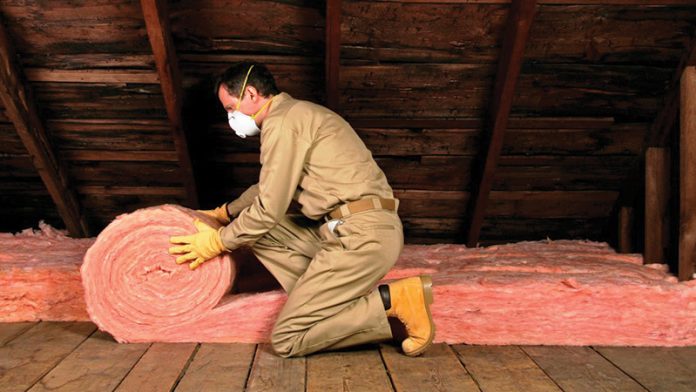
Attic insulation plays a critical role in maintaining indoor comfort, improving energy efficiency, and even enhancing the structural integrity of a home. While traditional insulation materials like fiberglass and cellulose have long been the norm, modern homeowners are increasingly turning to innovative solutions to maximize the performance of their attic insulation. In this blog, we’ll explore some of these cutting-edge options that go beyond the basics, offering superior efficiency and long-term benefits for modern homes.
- Spray Foam Insulation: One of the most innovative solutions gaining popularity in recent years is spray foam insulation. Unlike traditional insulation materials that are laid down in batts or blown in as loose fill, spray foam is applied as a liquid that expands to fill cavities, cracks, and gaps completely. This unique application method creates a seamless, airtight barrier that effectively prevents air leakage and thermal bridging, two common issues that can compromise the performance of traditional insulation. Spray foam insulation also offers superior R-values (a measure of thermal resistance), meaning it provides better insulation per inch of thickness compared to other materials.
- Aerogel Insulation: For homeowners seeking the ultimate in thermal efficiency without adding bulk, aerogel insulation represents a revolutionary option. Aerogels are highly porous materials derived from gel that have been dried to create a solid with extremely low density. Despite their lightweight nature, aerogels boast remarkable insulating properties, making them ideal for applications where space is limited, such as attics. Additionally, aerogel insulation is hydrophobic (water-repellent) and resistant to mold and mildew, ensuring long-lasting performance and durability in humid environments.
- Reflective Insulation: Reflective insulation utilizes a layer of reflective material, such as aluminum foil, to redirect radiant heat away from the living space. This type of insulation is particularly effective in hot climates where the primary concern is keeping the attic and home cooler by minimizing heat gain from the sun. Reflective insulation can be installed in various configurations, including as a radiant barrier beneath the roof deck or as a standalone product attached to the underside of the attic rafters. By reducing the amount of radiant heat absorbed by the attic, reflective insulation helps lower cooling costs and improve overall comfort during the summer months.
- Vacuum Insulation Panels (VIPs): Vacuum insulation panels represent a cutting-edge solution for achieving high levels of insulation with minimal thickness. These panels consist of a core material enclosed within a vacuum-sealed barrier, which significantly reduces heat transfer through conduction. While VIPs are more commonly used in commercial and industrial applications, advancements in technology have made them increasingly feasible for residential use, including attic insulation. Despite their higher upfront cost, VIPs offer unmatched thermal performance and can be especially beneficial in situations where space constraints or aesthetic considerations dictate the need for thin insulation solutions.
- Smart Insulation Systems: In the age of smart homes, insulation is getting an upgrade with the integration of intelligent sensors and controls. Smart insulation systems utilize sensors to monitor temperature, humidity, air quality, and energy usage in the attic. These data points are then analyzed by a central control unit, which adjusts insulation settings accordingly to optimize efficiency and comfort. For example, if the attic temperature rises above a certain threshold, the system may activate fans or adjust insulation levels to prevent overheating. By leveraging automation and real-time feedback, smart insulation systems offer homeowners greater control over their indoor environment while maximizing energy savings.
In conclusion, attic insulation is evolving beyond the basics to offer homeowners innovative solutions that deliver superior performance, energy efficiency, and comfort. Whether it’s spray foam, aerogel, reflective, vacuum insulation panels, or smart systems, modern homes have a wealth of options to choose from when it comes to insulating their attics. By investing in these advanced insulation solutions, homeowners can enjoy long-term benefits such as lower energy bills, improved indoor air quality, and increased property value.








